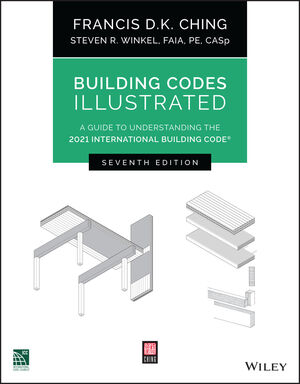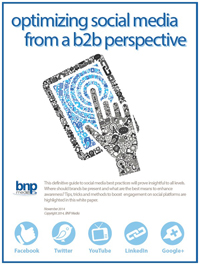Then we started getting quarterly statements on how much paper was being recycled and how many trees were saved. People started to take notice and now the bins need to be emptied every week. It takes little energy for someone to deposit paper in the bin, cost for the service minimal and the payback great. In 2005, our company recycled 16,000 pounds of paper, saving 136 trees, 24 yards of landfill space, 56,000 gallons of water and 7,800 kilowatts of energy.
What does that mean? It equates to a responsible and progressive attitude toward preserving energy and ecological benefits for the earth.
So, upon hearing the news that European company Gypsum Recycling International, of Denmark, would be opening a plant in the U.S., I was glad to see an industry company taking such a high-production step forward. The U.S. counterpart is called the Gypsum Recycling America LLC.
The GRA officially opened in Boston in late 2005 and has since received final zoning approval from Cambridge, Mass. It is now fully functioning in its operational and marketing duties.
The company uses a "nomadic" machine that goes from site to site, collecting board around the state. The GRA's process for recycling is a machine that has the ability to remove the paper-face off the board and process the gypsum into powder. The gypsum is tested for contaminants and shipped to a manufacturing plant to make new board. Ninety-three percent of the drywall coming to the plant is processed as the gypsum powder and 6 percent for the paper. The GRA has several uses for the paper depending on the area.
"It [gypsum] is something that should not be in a landfill and which we feel we've found a market for," said GRA's General Manager Jack Walsh at a forum held in Massachusetts earlier this year.
Currently, the company is accepting only "clean" gypsum and waste that wasn't used on the job site. Its goal within one year is to accept gypsum from other sources, such as builders, lumberyards and transfer stations. Walsh said the GRA is currently not accepting gypsum from all sources because old drywall waste that has resin of joint compound may contain asbestos.
The next 12 months will gauge how the company can harness its intake and refine its process for gypsum submission. The company plans to expand throughout the country and into Canada, as conditions permit. Currently, USG and National Gypsum have partnered with GRA in New England, while other agreements with manufacturers are being finalized.
"The wall and ceiling industry can get involved by promoting recycling and not landfill drywall," Walsh said in an interview with Walls & Ceilings. "Drywall is a great material to pull out of the waste stream. Bad management in disposal of drywall has contributed to health and odor concerns."
Do you want the earth smelling like rotten eggs? That's the stench hydrogen sulfide gas emits when gypsum is dumped in the landfill and becomes moist. It can even be toxic at high concentrations.
This service may take a while to find its feet. Contact the GRA to inquire when this service will be available in your region and to show your interest. The law of supply and demand will dictate.
For more information on the GRA, visit its Web site at www.gypsum-recycling.us.
***
We're excited to introduce another industry friend, Bill Rogers, who will be contributing his column Trowel Talk every other month. Presently, he is the executive director of the Plasterers and Cement Masons Job Corps Training Program, located in Washington. He has been plastering since 14, when his foster father introduced him to the trades.
Bill has been featured in W&C for the past few years, contributing articles, speaking at our Business Solutions Conference and is a regular bulletin board participant. He plans to share his knowledge on traditional, decorative and theme-type plastering, as well as cover issues on labor and the trades. Welcome Bill. Readers, we look forward to your feedback.
***
We hope to see you this month at the EIMA, AWCI and CISCA conventions in Long Beach, Calif. Please stop by booth 441 so we can get to know you.




